A380 vs. ADC12: ALUMINIUM ALLOY
The aluminum A380 and ADC12 aluminum alloys perform very closely across the board. They’re both considered Al-Si-Cu alloys, which are aluminum alloys with silicon and copper mixed in. ADC12 is kind of like the American standard A383, while A380 aligns more with the Japanese standard ADC10. In Japan, ADC12 seems to be more popular, but here in the US, the A380 is the go-to choice.
Chemical Composition:
Here is a comparison table of the chemical composition of A380, ADC12, and ADC12S alloys:
| Element | A380 | ADC12 | ADC12S |
| Aluminum (Al) | 84.0 – 94.0% | 86.0 – 91.0% | 86.0 – 91.0% |
| Silicon (Si) | 7.5 – 9.5% | 8.0 – 10.0% | 8.0 – 10.0% |
| Copper (Cu) | 2.0 – 4.0% | 1.0 – 3.0% | 1.0 – 3.0% |
| Magnesium (Mg) | 0.3 – 1.0% | 0.3 – 1.3% | 0.3 – 1.3% |
| Iron (Fe) | 1.0% Max | 1.3% Max | 1.3% Max |
| Manganese (Mn) | 0.3% Max | 0.5% Max | 0.5% Max |
| Nickel (Ni) | 0.1% Max | 0.2% Max | 0.2% Max |
| Zinc (Zn) | 0.5% Max | 0.5% Max | 0.5% Max |
| Titanium (Ti) | 0.1% Max | 0.1% Max | 0.1% Max |
| Others | 0.2% Max | 0.5% Max | 0.5% Max |
- A380: It is classified as an AlSi8Cu3Fe alloy. This means it’s primarily aluminium (Al) with significant amounts of silicon (Si) (around 8%) for castability, copper (Cu) (around 3%) for improved mechanical properties, and iron (Fe) present in smaller quantities.
- ADC12: Also known as A383, it falls under the AlSi12Mg alloy category. Again, the main components are aluminium (Al), with a higher silicon content (around 12%) for even better castability, and magnesium (Mg) added for increased strength and corrosion resistance (around 0.2%).
- ADC12S is a variant of the ADC12 aluminium alloy. The “S” in ADC12S stands for “stress-proof,” this alloy is specifically designed to have enhanced mechanical properties, such as higher tensile strength, compared to standard ADC12. While it retains most of the beneficial characteristics of ADC12—like excellent castability, corrosion resistance, and machinability—ADC12S is more suitable for applications that require more robust mechanical properties and better performance under stress. It is commonly used in the automotive and industrial sectors, where these additional properties are needed for parts that experience higher loads or mechanical stresses.
The alloy is particularly valued in die casting because it can perform better under certain conditions without compromising overall casting characteristics like fluidity or strength.
Properties:
- Castability: A380 and ADC12 offer good castability, making them suitable for complex shapes in die-casting processes. However, ADC12 might offer slightly better fluidity due to its higher Si content, making it more appropriate for intricate shapes with thin walls.
- Strength: ADC12 generally has a bit higher mechanical strength compared to A380 due to the presence of magnesium.
- Corrosion Resistance: The magnesium content in ADC12 also contributes to improved corrosion resistance compared to A380.
- Surface Finish: Compared to A380, ADC12 aluminum alloy exhibits a marginally higher surface roughness. However, ADC12 can be finished to a level that meets the requirements of a wide range of applications.
Applications:
A380: A popular general-purpose casting alloy used for a wide range of applications due to its good balance of castability, mechanical properties, and affordability. Typical uses include engine parts, housings, brackets, and structural components that don’t require extremely high strength.
ADC12: Often used when better castability, higher strength, or improved corrosion resistance is needed compared to A380. Applications include complex automotive parts, components exposed to weather or harsh environments, and parts requiring more structural strength.
ADC12S is often used in applications where high precision and reliability are critical, such as automotive safety components and parts exposed to challenging environments.
| Feature | A380 | ADC12 (A383) | ADC12S |
| Alloy Type | AlSi8Cu3Fe | AlSi12Mg | AlSi12Mg (High Purity) |
| Silicon (Si) Content (%) | Around 8 | Around 12 | Around 12 |
| Copper (Cu) Content (%) | Around 3 | Not Applicable | Not Applicable |
| Magnesium (Mg) Content (%) | Not Applicable | Around 0.2 | Around 0.2 |
| Castability | Good | Excellent | Excellent |
| Strength | Moderate | Higher | Higher |
| Corrosion Resistance | Moderate | Improved | Enhanced |
| Thermal Conductivity | Moderate | Moderate | Moderate |
| Fluidity | Moderate | High | High |
| Cost | Cost-effective for high volume | Moderate | Higher than ADC12 |
| Applications | General purpose casting | Complex parts, higher strength, corrosion resistance | Precision parts, high-quality castings, critical applications |
A380 vs. ADC12: Performance in Different Die-Casting Processes
A380 and ADC12 are popular aluminum alloys extensively utilized in die casting. However, the die-casting techniques—high-pressure die casting (HPDC), low-pressure die casting (LPDC), and gravity die casting (GDC)—will affect their performance. Knowing how these alloys behave in every operation will enable producers to select the correct material for their needs.
| Process | A380 | ADC12 |
| HPDC | Good for general-purpose parts, moderate strength, cost-effective | Excellent fluidity, better strength, corrosion resistance |
| LPDC | Suitable for thicker parts with moderate strength | Ideal for parts needing high strength, reduced porosity |
| GDC | Good for medium-strength, cost-effective parts | Best for high-precision parts with excellent strength and corrosion resistance |
Conclusion:
The A380 is more affordable and suitable for general-purpose, high-volume component casting when intermediate strength and fluidity are sufficient.
ADC12 is excellent for parts that require more mechanical strength, improved corrosion resistance, and outstanding castability.
Aluminum Alloys After Heat Treatment
Die-cast aluminum alloys like A380, ADC12, A383, and ADC12S have limited heat treatment options due to their dendritic microstructure formed during rapid solidification. ADC12, like A380, does not respond well to T6 treatment, as its high silicon and copper content can cause brittleness and increased porosity.
| Alloy | Heat Treatment | Tensile Strength (MPa) | Yield Strength (MPa) | Elongation (%) | Hardness (Brinell) | Corrosion Resistance | Thermal Conductivity (W/m·K) |
| A380 | Limited (T5 possible) | 324 | 159 | 3.5 | 80 | Moderate | 96 |
| ADC12 | Not commonly heat-treated | 310 | 150 | 1.5 | 75 | Moderate | 96 |
| A383 | Limited (T5 possible) | 330 | 165 | 2 | 85 | Moderate | 96 |
| ADC12S | Not commonly heat-treated | 315 | 155 | 1.5 | 78 | Moderate | 96 |
| A360 | T6 possible | 365 | 250 | 6 | 95 | Good | 120 |
| A356 | T6 commonly used | 450 | 275 | 8 | 100 | Excellent | 150 |
Choosing Between A380 and ADC12:
The choice between A380 and ADC12 depends on your specific project requirements:
Comparison to A380 Aluminum Alloy:
- Both are widely used casting alloys with similar compositions (silicon, copper)
- A380 might offer slightly better mechanical strength in some cases.
- ADC12 might have superior castability for intricate shapes due to its modifications.
- ADC12S: Opt for ADC12S if you need enhanced corrosion resistance, purity, and reliability, particularly in safety-critical or high-precision applications.
A380 might be sufficient for general-purpose parts if you need a good balance of castability, affordability, and adequate mechanical properties.
If your application demands excellent castability for intricate shapes, higher strength for structural components, or improved corrosion resistance for harsh environments, then ADC12 could be a better option.
Remember, consulting with a qualified engineer or material specialist is always recommended to determine the most suitable aluminium casting alloy for your needs.


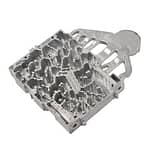
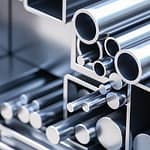
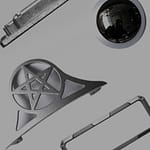
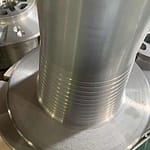
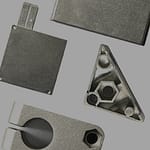
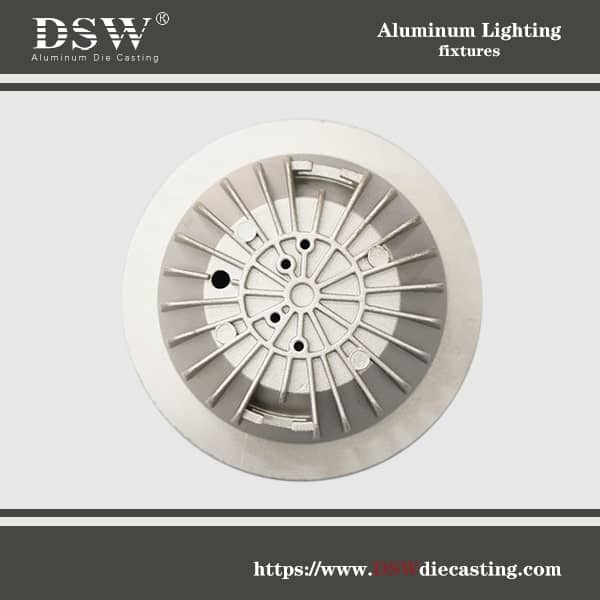
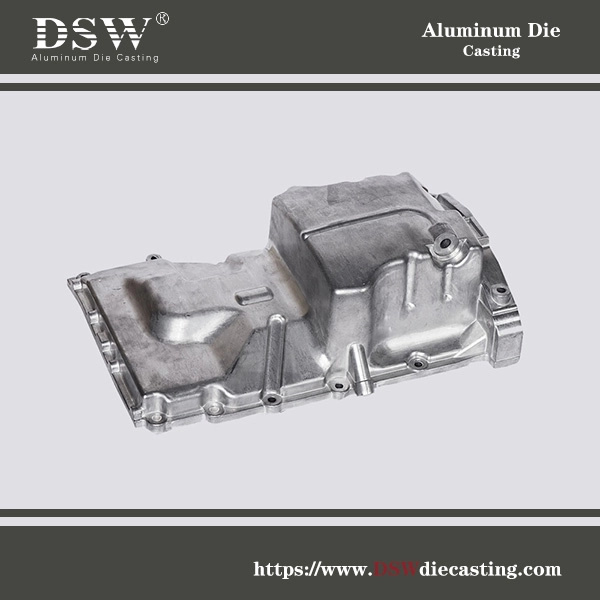

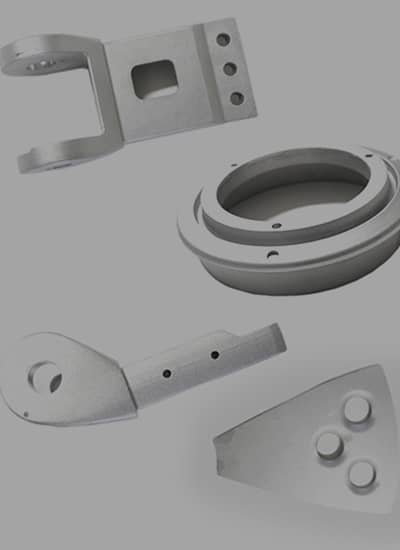
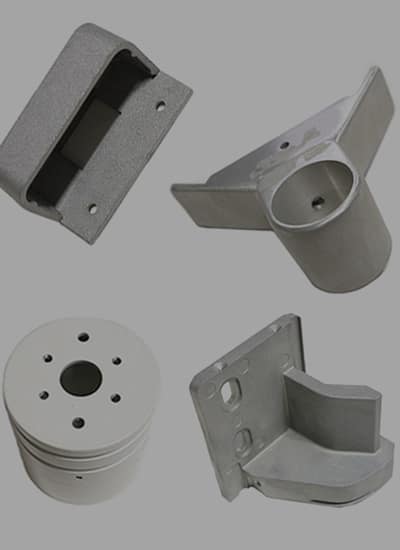
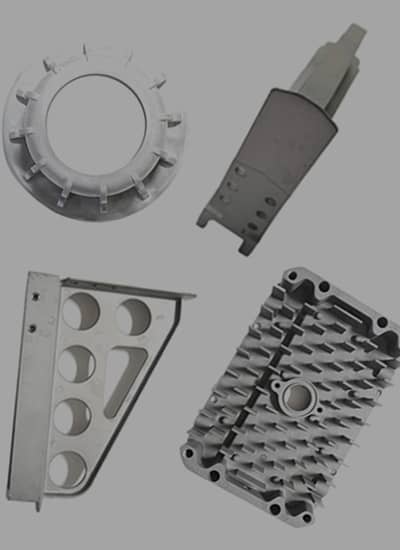
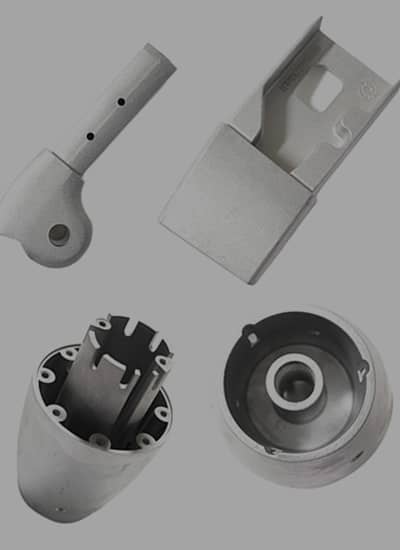
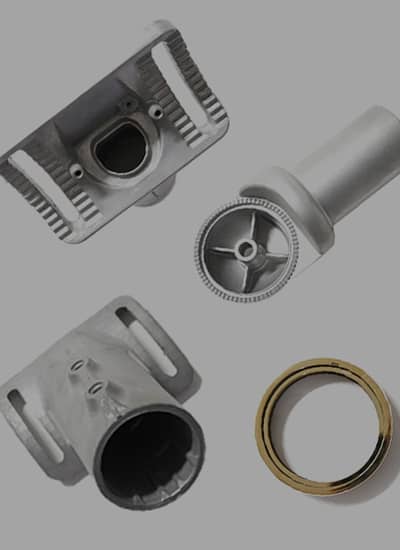

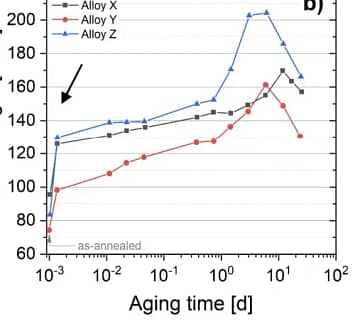

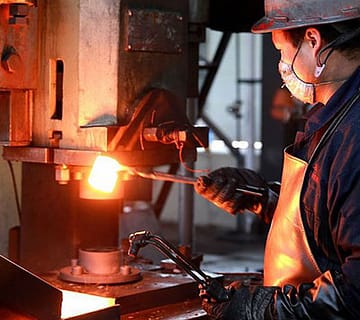

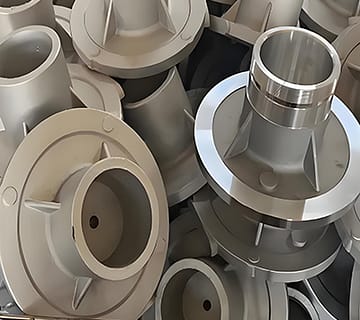
No comment